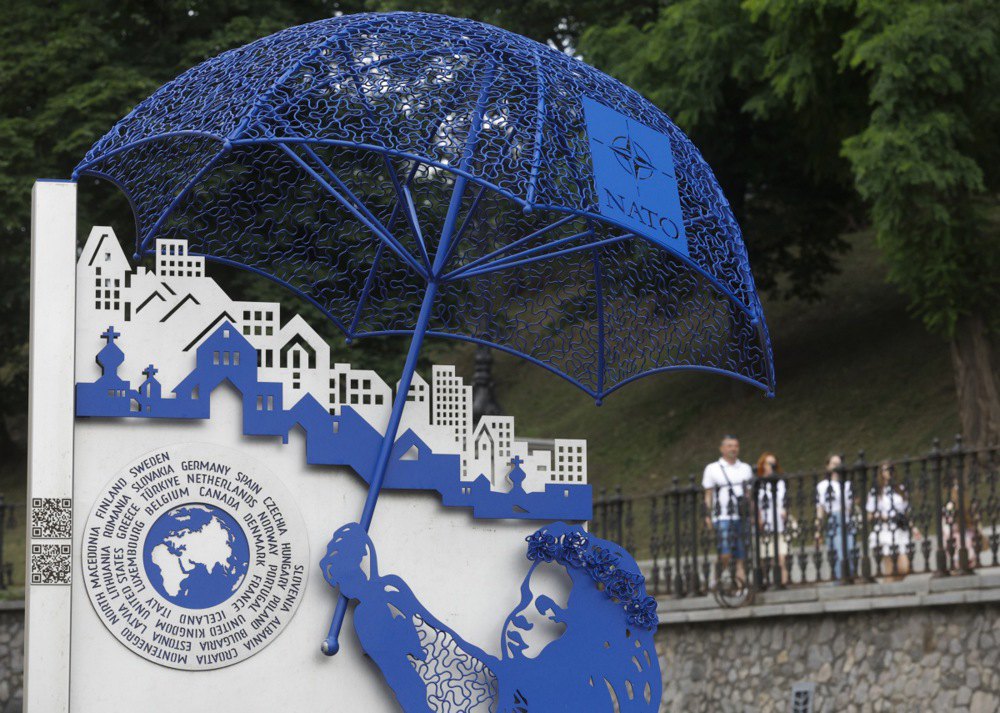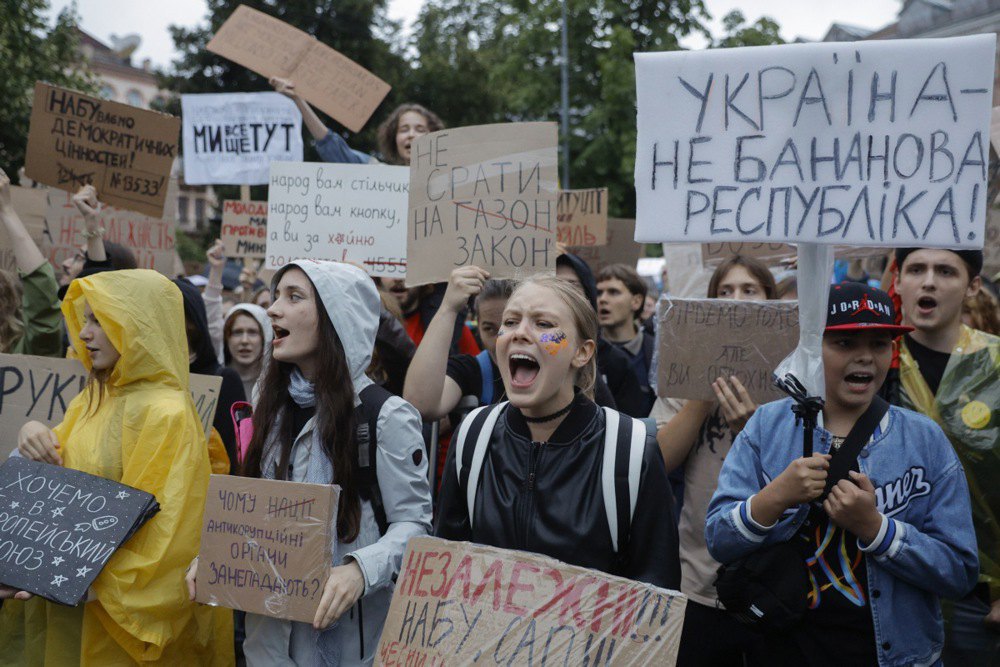
If one remains inside their own informational bubble, it might appear that all Ukrainians have demonstrated high civic consciousness and united in solidarity with the protesters. And how could one not stand with them, when it’s a matter of something sacred — the fight against corruption? Everyone knows: corruption is Ukraine’s main enemy (setting Moscow aside). Some have already rushed to draw parallels with previous revolutions and made far-reaching predictions about the political future of President Zelenskyy and his team.
However, it must be noted that many perceived the protests in Ukrainian cities against the passing and signing of Law No. 12414 with scepticism — even hostility. This doesn’t only concern the authorities or those close to them who have a vested interest in weakening NABU. Online, one can find completely opposite views on the legitimacy of the protests, coming from a broad range of people — including military personnel, civilians, and even members of the same political parties. The arguments of those opposed vary: some are more emotional, tinged with irritation, like reactions to foul language. But others are not without logic — though they often reflect bias, excessive theorising, and a disregard for the specifics of the moment.
If we set aside the speculative rhetoric about external colonial governance, paid protesters, the omnipotent hand of Soros, or devious grant-recipients behind a national protest campaign, we can still find a rational concern in the critics’ position: the threat of internal division spiralling out of control. Such division could significantly undermine Ukraine’s ability to resist Russia. In the worst-case scenario, it might even lead to a collapse of the frontline and defence coordination, with catastrophic consequences for the very survival of the Ukrainian state.
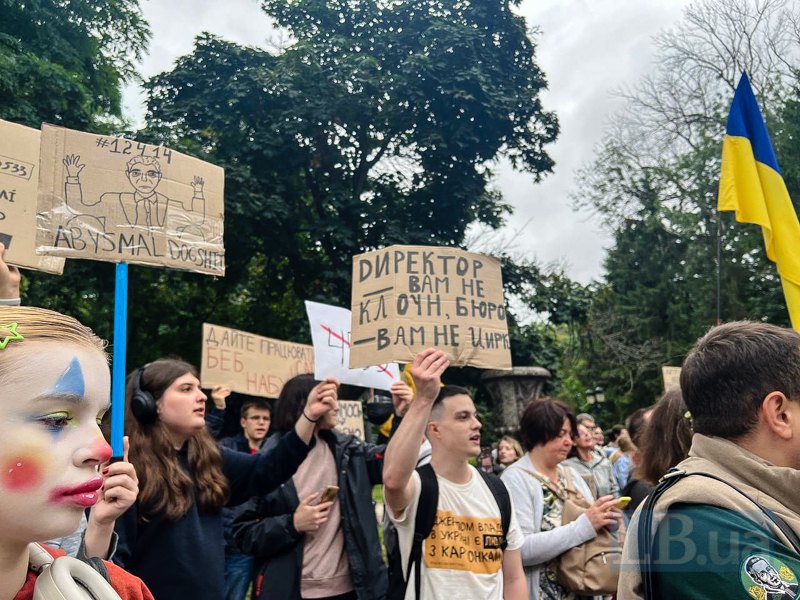
Is such a scenario plausible? And are the fears of those wary of any protests against the government during wartime justified? Theoretically, yes. But there is currently no reason to believe that demonstrations against the controversial law that stripped NABU and SAPO of their independence could lead to chaos or civil unrest. What they can do — and have done — is pressure a government reluctant to fight corruption to correct a strategic mistake.
Those who invoke the negative historical experience of internal strife during wartime often refer to the era of Ukraine’s national liberation struggle in the early 20th century. Indeed, a deep societal divide and a failure to appreciate the value of preserving statehood were among the key reasons for the defeat of the Ukrainian People’s Republic. However, it is inappropriate to compare today’s anti-corruption protests with the events of 1917–1920. At that time, political rivals in Ukraine frequently exploited the military in their power struggles, did not shy away from coups d’état, and viewed rebellion as a legitimate tool for seizing power.
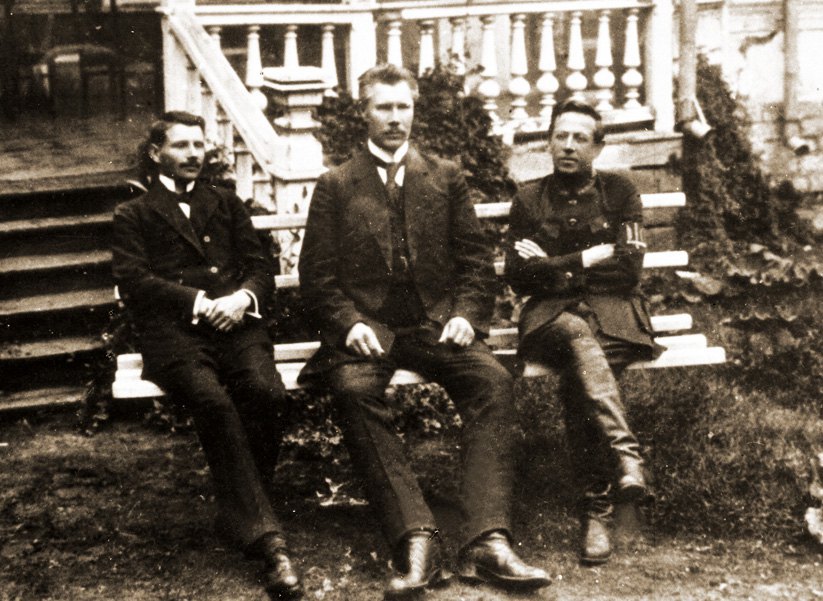
Let us recall the rise to power of the Directorate and the overthrow of the Hetmanate — one of the relatively successful forms of Ukrainian statehood during that turbulent era of war and revolution. The organisers of Pavlo Skoropadskyy’s overthrow did not lead mass demonstrations. They did not demand that he renounce his federation charter proposing an alliance with non-Bolshevik Russia. Nor did they protest against unjust social policies or call for purging the state apparatus of Russian officials. The Directorate opted to seize power by armed means. The Hetmanate fell in less than a month. Yet the Ukrainian People’s Republic was not destined for political longevity.
Fortunately, today we see no signs of internal conflict or rebellion. Peaceful demonstrations expressing citizens’ views and demands of the government do not threaten state stability. On the contrary, they encourage the President’s Office, the government and parliament to work more diligently and effectively — not to shield their allies from the NABU, and not to drift toward authoritarianism.
Of course, we cannot entirely rule out the possibility that mass protests might, at some point, spiral out of control and lead to internal destabilisation. Undoubtedly, the Kremlin is closely watching developments and stands ready to fan the flames. But let us be honest: the Ukrainian authorities themselves gave citizens grounds to take to the streets. The intent to bring anti-corruption bodies fully under control was simply too obvious. At this point, correcting the mistake and restoring the status quo will be enough to bring the protests to an end.
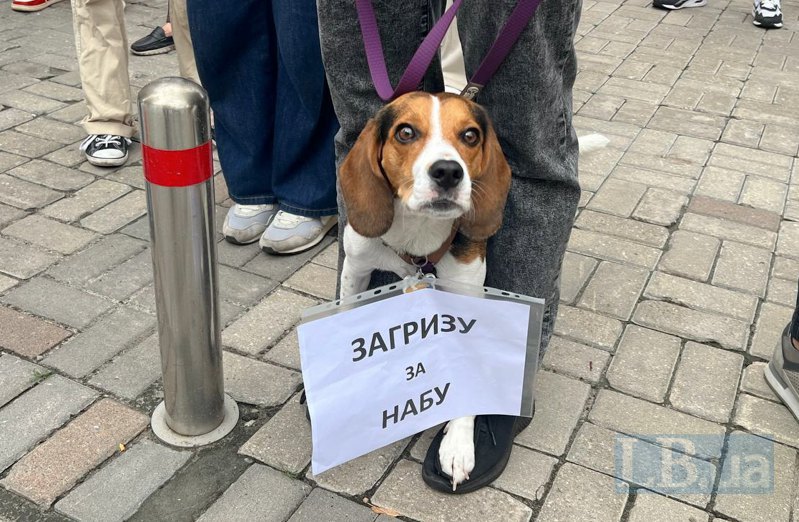
Those who believe that the fight against corruption is something secondary, abstract, and can wait for better times are mistaken. The issue is not only about Ukraine’s budget dependence on external financial aid, which compels the country to meet its obligations. It’s quite simple: the more effective a state is, the greater its chances of survival in confrontation with an aggressor. The unwillingness to become more effective proportionally reduces those chances.
For various reasons, the quality of Ukraine’s national political elite is generally low. And the temptation to exploit access to resources is significant. Many countries around the world have received substantial Western support to become institutionally stronger. Therefore, those who appeal to external influence over the appointment of the head of the NABU should consider: why has the Ukrainian government, in over 30 years, failed to independently create effective and independent anti-corruption bodies? Perhaps because there was no real desire to do so.
A better guarantee of Ukraine’s future security will not be membership in the EU or even NATO. Above all, it will be having a state with sufficient financial, military, and organisational capacity to respond adequately to the Russian threat. But for that to happen, economic development must be ensured and corruption rents minimised.
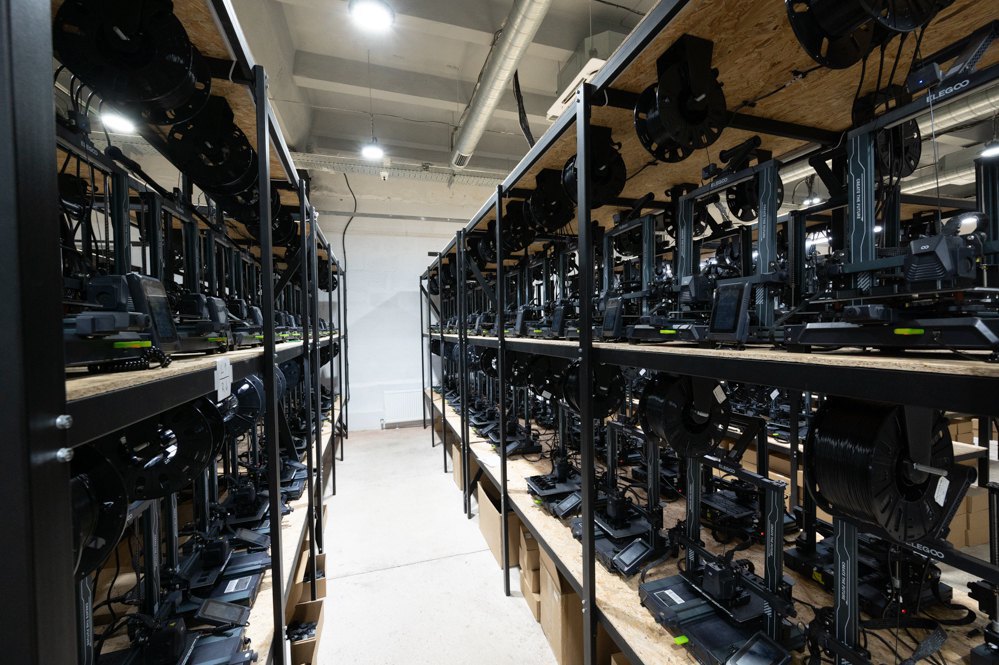
Before the full-scale Russian invasion, Ukraine’s GDP was around $200 billion, while Israel’s GDP was nearly $500 billion. Ukraine’s planned military expenditure for 2022 was about $4.6 billion, whereas Tel Aviv could afford over $24 billion for defence. These disparities in financial capacity are partly the result of corruption flaws in Ukraine’s system.
Euro-Atlantic integration is worth striving for. But we should not delude ourselves: this path may be very long. Meanwhile, Russia is not going anywhere. Without significant reduction in corruption, the chances of effectively resisting a serious adversary like the Kremlin are slim — as are the chances of quickly rebuilding the country and bringing back those who have left. Therefore, it makes no sense to artificially draw dividing lines between supporters and opponents of protests during wartime. Despite differing views on the current situation, participants on both sides (except for the sincere advocates of destroying the independence of anti-corruption bodies) are working for Ukraine. Whether corrupt officials or the strategic enemy — the Kremlin — like it or not.
